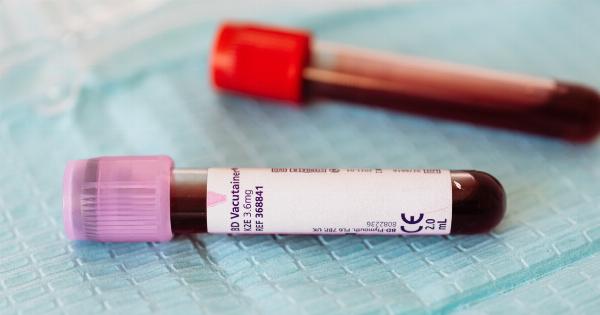Hospital admissions can be a stressful time for patients. However, it is important that they are aware of the potential risks that come with a stay in hospital.
One of the most significant risks is the development of thromboembolism, a serious medical condition that can be life-threatening if left untreated. Thromboembolic risk assessment is a crucial process in hospital admissions that can help to identify patients who are at risk of developing this condition and prevent serious complications.
What is thromboembolism?
Thromboembolism is a medical condition that results from the formation of blood clots within blood vessels. These clots can travel through the bloodstream and block blood flow to vital organs such as the lungs, heart, or brain.
When this happens, it can cause serious complications such as pulmonary embolism, heart attack, or stroke. Thromboembolism is a potentially life-threatening condition that requires prompt diagnosis and treatment.
Why is thromboembolic risk assessment important?
Thromboembolic risk assessment is a critical process in hospital admissions that aims to identify patients who are at increased risk of developing thromboembolism.
Patients who are hospitalized for certain medical conditions such as cancer, major surgery, or trauma are at higher risk of developing blood clots. Other factors that increase the risk of thromboembolism include age, obesity, immobility, smoking, and a personal or family history of blood clots.
Thromboembolic risk assessment helps to identify these patients and implement measures to prevent the development of blood clots. This can include the use of anticoagulant medications, compression stockings, or early mobilization and exercise.
When appropriate prevention measures are put in place for at-risk patients, the incidence of thromboembolism can be significantly reduced.
How is thromboembolic risk assessed?
Thromboembolic risk assessment involves the gathering of information about the patient’s medical history, current medical condition, and risk factors for blood clots.
This information is used to determine the patient’s overall risk of developing thromboembolism and to implement appropriate preventive measures.
The assessment process typically involves the use of standardized risk assessment tools such as the Padua Prediction Score or the Caprini Risk Assessment Model.
These tools are based on a set of criteria that have been shown to increase the risk of thromboembolism. Patients are assigned a risk score based on their individual characteristics and risk factors.
Prevention of thromboembolism
Prevention measures for thromboembolism can vary depending on the patient’s individual risk factors and medical condition.
However, some measures that are commonly used include the administration of prophylactic anticoagulant medications such as heparin or low-molecular-weight heparin, the use of compression stockings, early mobilization and exercise, and hydration. These measures are designed to prevent blood clots from forming and reduce the risk of thromboembolism.
Conclusion
Thromboembolic risk assessment is a crucial process in hospital admissions that helps to identify patients who are at risk of developing this serious medical condition.
By implementing appropriate prevention measures, the risk of thromboembolism can be significantly reduced. Patients should be aware of the potential risks of thromboembolism and work with their healthcare providers to identify and manage their individual risk factors.





























